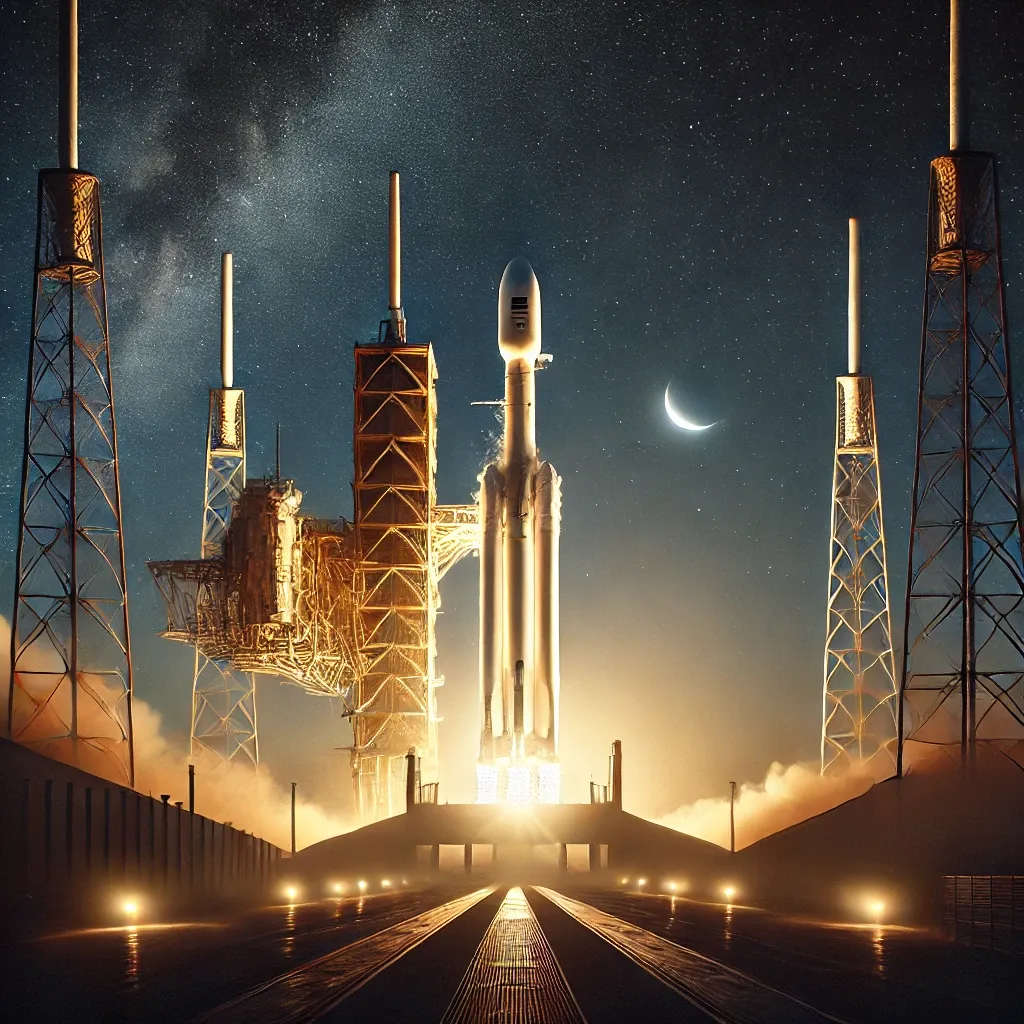The dawn of space exploration has taken a monumental leap forward with SpaceX leading the charge. Whether it’s their state-of-the-art launch pad, precise weather forecasting, or the fascinating economics behind each launch, SpaceX has revolutionized the industry. But how exactly do these elements combine to make their launches so successful?
SpaceX Launch Pad
SpaceX’s launch pads are engineering marvels, specifically designed for rapid reusability and minimal downtime between missions. At the heart of their operations are two primary pads: Launch Complex 39A (LC-39A) at Kennedy Space Center and Space Launch Complex 40 (SLC-40) at Cape Canaveral.Both of these pads have a long history, but it’s the modifications SpaceX made that set them apart from conventional launch sites. LC-39A, for instance, was once used for NASA’s Apollo missions but has been transformed into a hub for Falcon 9 and Falcon Heavy launches. What makes these pads exceptional is their advanced automation systems, built to support both crewed and uncrewed missions.
- Rapid Turnaround: The launch pads are specifically designed for quick reusability, minimizing the time between launches.
- Innovative Tower Design: The integration of the Fixed Service Structure (FSS) at LC-39A allows for quick access and adjustments before a launch.
- Safety First: The launch pads are equipped with advanced emergency systems to ensure the safety of the crew and ground personnel.
- Falcon 9 and Falcon Heavy Capabilities: Both pads can handle the heavy-lift rockets, making them central to SpaceX’s most ambitious missions.
- Multi-Mission Use: From launching satellites to sending cargo and astronauts to the International Space Station, the pads support a variety of missions.
In conclusion, SpaceX’s launch pads are key to the company’s rapid launch cadence, supporting everything from satellite deployment to crewed missions.
SpaceX Launch Forecast
The success of a SpaceX launch often depends on more than just the technology—weather plays a significant role. SpaceX relies on extensive weather forecasting and a close relationship with the U.S. Air Force’s 45th Weather Squadron to determine ideal launch windows. Several key factors influence the decision to proceed with a launch:
- Wind Shear: High-altitude winds can create dangerous conditions for rocket launches, making wind shear a critical factor in go/no-go decisions.
- Cloud Coverage: Thick clouds, particularly those associated with lightning, can cause rockets to trigger electrical discharges, a phenomenon known as the “rocket-triggered lightning event.”
- Precipitation: Heavy rain or thunderstorms are a no-go for SpaceX launches, as they can damage rocket components.
- Temperature: Extremely high or low temperatures affect rocket fuel and other sensitive materials on board the rocket.
- Wave Heights for Sea Landings: Since many Falcon 9 missions end with the first stage landing on drone ships in the ocean, sea conditions are closely monitored to ensure safe landings.
These precise weather checks often lead to last-minute launch delays, but they ensure that each launch is carried out in the safest possible conditions.
SpaceX Launch Cost
One of SpaceX’s defining advantages is its ability to significantly reduce the cost of launching a rocket. Before SpaceX entered the market, launching a payload into space could easily cost hundreds of millions of dollars. Now, with reusable rockets and streamlined operations, SpaceX has drastically lowered these figures.
- Reusable Rockets: The Falcon 9’s first stage is designed to be reused, sometimes within months, which dramatically reduces the cost per launch.
- Streamlined Production: By vertically integrating much of their production, SpaceX controls costs better than traditional aerospace companies.
- Falcon 9: The average cost of launching a Falcon 9 is around $67 million—significantly lower than competitors’ costs for similar capabilities.
- Falcon Heavy: For heavier payloads, the Falcon Heavy’s cost sits at roughly $97 million, still more affordable than comparable options from other companies.
- Starship’s Potential: Once operational, the Starship system promises even lower costs by offering full reusability for both the first and second stages, potentially driving launch costs below $10 million per mission.
With reduced costs, SpaceX has opened the door for more frequent launches, enabling small and large companies alike to send satellites into orbit, carry out scientific missions, and even prepare for crewed missions to Mars.
Conclusion
SpaceX’s innovations have transformed the space industry, making it more accessible, affordable, and efficient. From their cutting-edge launch pads to their meticulous launch forecasts and industry-disrupting launch costs, they’ve paved the way for a future where space exploration is a regular occurrence.As Carl Sagan once said, “Exploration is in our nature. We began as wanderers, and we are wanderers still.” SpaceX is embracing this philosophy, leading humanity into the stars with each successful launch.






